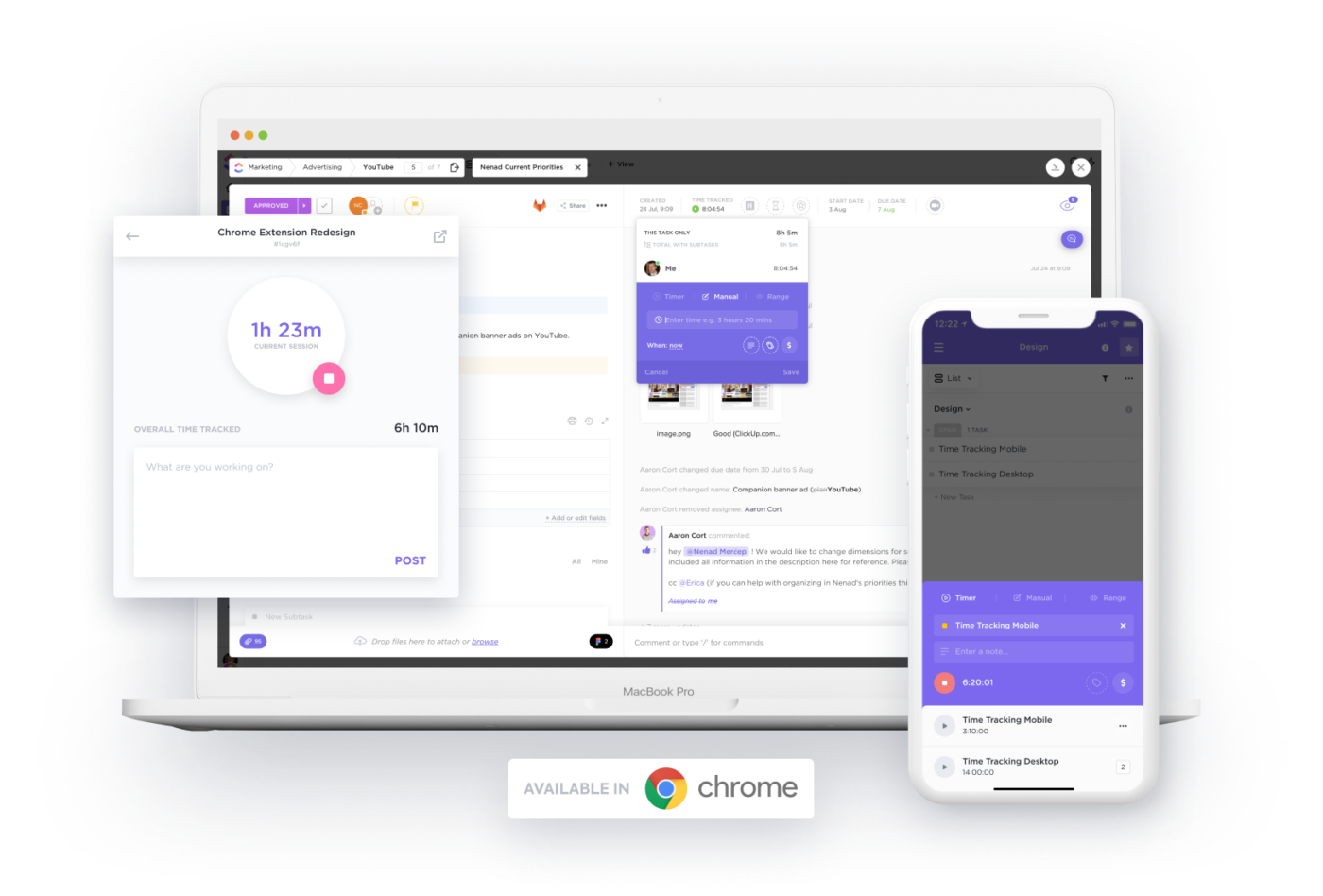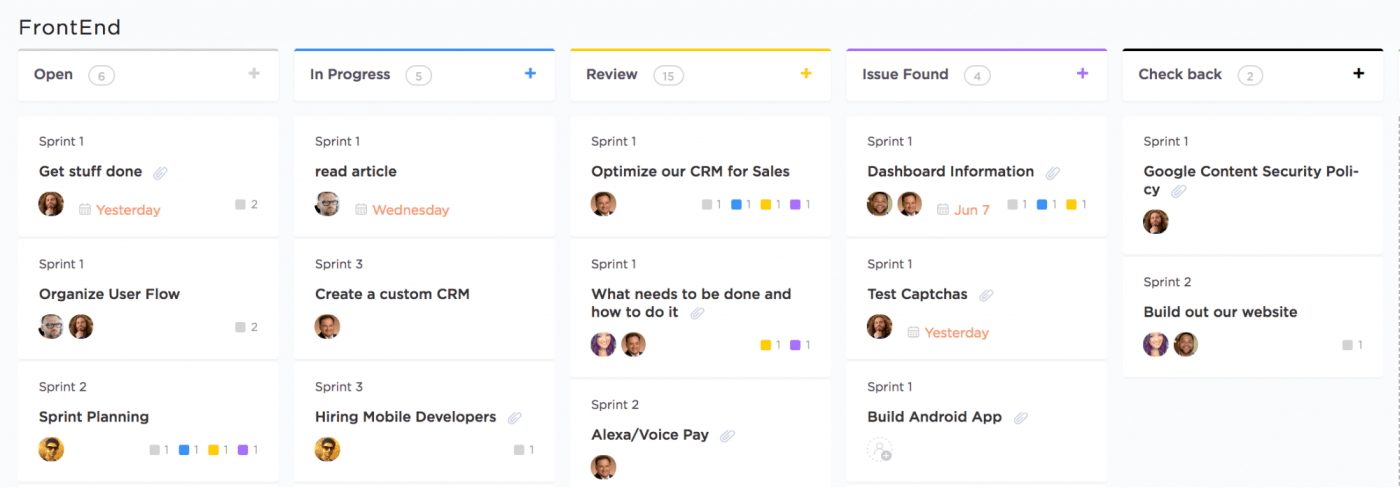How to Manage Agile Scrum Artifacts: Definition and Importance

Sorry, there were no results found for “”
Sorry, there were no results found for “”
Sorry, there were no results found for “”
The agile scrum methodology is designed to be adaptive to change, building software that evolves comfortably with the needs of the business. When this change becomes rapid, teams can get thrown into a chaos of misunderstanding and misalignment.
To stay on track at all times, engineering teams need a common vocabulary, which is precisely what agile scrum artifacts enable.
In this blog post, we discuss scrum artifacts, how they help, and how you can manage them to your team’s advantage.
Scrum artifacts are elements, reports, or processes that help project managers share vital information with all stakeholders.
They are clearly defined agile scrum terms, the primary purpose of which is to give everyone visibility into the product development, activities planned, tasks completed, and team performance.
The three scrum artifacts are:
We explore each of these and how to use them in agile project management later in this blog post.
But before you begin creating your scrum artifacts, you need to know its guiding principle: transparency.
In the agile/scrum software development practice, transparency is a fundamental guiding principle, impacting every decision and action. One of the ways agile scrum team members practice transparency is through artifacts.
The scrum guide states that the primary goal of scrum artifacts is to “maximize the transparency of key information,” giving everyone inspecting them the same basis for adaptation.
In essence, scrum artifacts help set a shared context for the team to steer the project in the right direction. This benefits the team in various ways.
Creates trust: When everyone can access up-to-date information on the project’s progress, they trust each other.
Fosters collaboration: Agile scrum artifacts built collectively by the team make the gaps and blockers visible. So, cross-functional team members offer help and advice in the larger interest of the project.
Mitigates risks: Scrum artifacts offer a way to forecast issues, detect defects, and address them before they become a concern.
Supports problem-solving: Whenever the scrum team hits a roadblock, the artifacts serve as guideposts, giving critical information to make effective decisions.
Enables continuous improvement: Teams seek to improve continuously— agile scrum artifacts support reviews and retrospectives with accurate and timely data.
In this way, scrum artifacts form the foundation of the framework. They help everyone on the team embrace the agile scrum framework holistically and effectively. Here’s how.
The Scrum process framework has three primary artifacts: product backlog, sprint backlog, and product increment. However, over time, scrum teams have evolved additional artifacts such as the product vision, burn-down chart, definition of done, etc. Let’s look at all of them.

This official Scrum artifact is an ordered list of the features, enhancements, and bug fixes required in the product. It is curated from research across customer support and competitor/market analysis.
Some of the key characteristics of a product backlog are:
The product backlog is the single source of the work taken up by the scrum team.
However, not all product backlog items are immediately ready to be added to the sprint. It goes through product backlog refinement to ensure that an item achieves the necessary level of transparency or clarity.
Here, developers will break down and define product backlog items into smaller, more precise stories that can be completed within one sprint.
The commitment for a product backlog is towards the product goal. Scrum teams define the product goal (future state of the product) and structure the backlog items to achieve that goal.
Once items in the product backlog are ready to be selected for the next sprint, they go into the sprint backlog.
The sprint backlog is a subset of the product backlog chosen to be developed in the next sprint. It also outlines a plan to deliver that functionality and meet the sprint goal.
The sprint backlog is created during the sprint planning meeting, where the engineering team chooses product backlog items based on priority, adds them to the sprint backlog, and splits them into tasks to be developed.
The sprint backlog highlights a real-time picture of the sprint. So, it is:
Once the team works on the items on the sprint backlog, they build product increments.
An increment is a working, deliverable version of the product that meets the development team’s ‘Definition of Done,’ i.e., all the acceptance criteria (quality criteria, constraints, or non-functional/business requirements) as defined in the product backlog.
At the end of every sprint, the work done by the development team must culminate into an increment, which is a fully tested and approved addition to the existing product.
While there is one increment for each sprint, it also includes the increments of all previous sprints. These complement the continuous integration/continuous deployment (CI/CD) process in version tracking and rollbacks if needed.
The definition of done is a formal list of standards that any new increment has to meet before it’s officially considered complete.
According to the scrum guide, the definition of done is a commitment for product increment and not an artifact. However, it is beneficial to the whole scrum team to have a clear, documented definition of done to push the increment to the customer.
Scrum teams typically have a checklist of items, which make up the definition of done. For example, it might include:
The definition of done can vary for each user story. It can evolve to adapt to the team’s latest understanding of the business. It is iterated during the sprint retrospectives to be strengthened for future increments.
The increment is not released if a product backlog item does not meet the definition of done. Instead, it is sent back to the backlog for review. It is inspected for issues and root causes so scrum masters can streamline processes to avoid such eventualities in the future.
When an item meets the definition of done, it is closed out for burndown tracking, and the team moves on to the next open task.
The product vision is the common understanding of the future state of the product. It outlines the value delivered by the product to its customers.
The product vision gives direction to the cross-functional teams towards their goals. It helps them make the right decisions. For example, when two product backlog items compete for attention, the product vision and goals help the developers prioritize what’s important.

A release plan outlines what the team is going to work on (product backlog items), when they will be released (timelines), and how they will be executed (resource plan).
The release plan is not an official artifact defined in the scrum guide. However, it is popular among scrum masters and product owners because it guides their project management and gives them a structure.
Often created during the scrum planning phase, a release plan helps you answer questions like:
In conjunction with the product vision, the release plan helps the team have a clearer view of the future.
A release plan is typically presented as a Gantt chart with tasks laid out over time with dependencies. You can see some examples in these Gantt chart project templates.
Release burndown charts (or sprint burndown charts) highlight the product backlog items completed and tasks remaining in the current sprint. The burndown chart is helpful in:
Now that you know the three primary and other extended scrum artifacts, here is more about how you can create and use them.
Up-to-date, clear, and transparent scrum artifacts are fundamental to the effectiveness of any agile scrum engineering project. To achieve this, you need an efficient way to create and manage them.
A good scrum project management software like ClickUp should enable this. Here’s how.

Each item in a scrum project needs to be defined clearly and transparently. To do this, set up every backlog item or user story as a task on ClickUp.
Use the Chat view for conversations within the context of the task. Enable your team to ask questions, get answers, and brainstorm potential solutions as applicable, all in one place.
Use any of the 15+ ClickUp views for task management, project tracking, and workflow visualization.

What happens when the product owner realizes that the burndown chart indicates that the tasks won’t be completed within the current sprint? They perform a root-cause analysis.
What took so much time that the work is getting pushed? To know this, scrum teams need to track their time. ClickUp’s built-in AI-powered time-tracking app is designed to enable exactly this.
Teams can start/stop, add time manually, edit recorded time, add notes, and more with ClickUp. A scrum master can see time reports right on their ClickUp Dashboard. They can filter, sort, and roll up time reports to calculate sprint velocity, which helps in process optimization for future sprints.
Product and sprint backlogs are items going through a series of stages. For example, the product backlog items can be new, refined, and ready for sprint. The sprint backlog items can go through to-do, developing, testing, deploying, etc.
Organizing backlog items based on their status—i.e., creating a scrum board—is a great way to visualize how far along the team is in the project. Any of the several free Kanban board software can help you create a scrum board.

ClickUp goes one step further. ClickUp’s Kanban board view automatically presents tasks grouped by status. This fully customizable Kanban board can be grouped based on priority, assignee, or due date for better project management. You can also set up custom statuses for each list based on your needs.

For sprint planning, project owners need a high-level view of the product backlog along with the time estimates for completing them. To map this, project managers and scrum masters use free Gantt chart software, laying tasks next to each other.
ClickUp’s Gantt chart view offers comprehensive visibility to support backlog management. With ClickUp, you can:
For fast-paced engineering teams, chaos, miscommunication, and misalignment are inevitable. Except when equipped with the right tools and processes designed thoughtfully around scrum practices and values.
ClickUp’s project management software is created to suit how a scrum team works. It automatically creates agile scrum artifacts, giving you a real-time operations dashboard. It automates repetitive processes and accelerates documentation with ClickUp AI.
Elevate the performance of your scrum team. Try ClickUp for free today.
© 2025 ClickUp